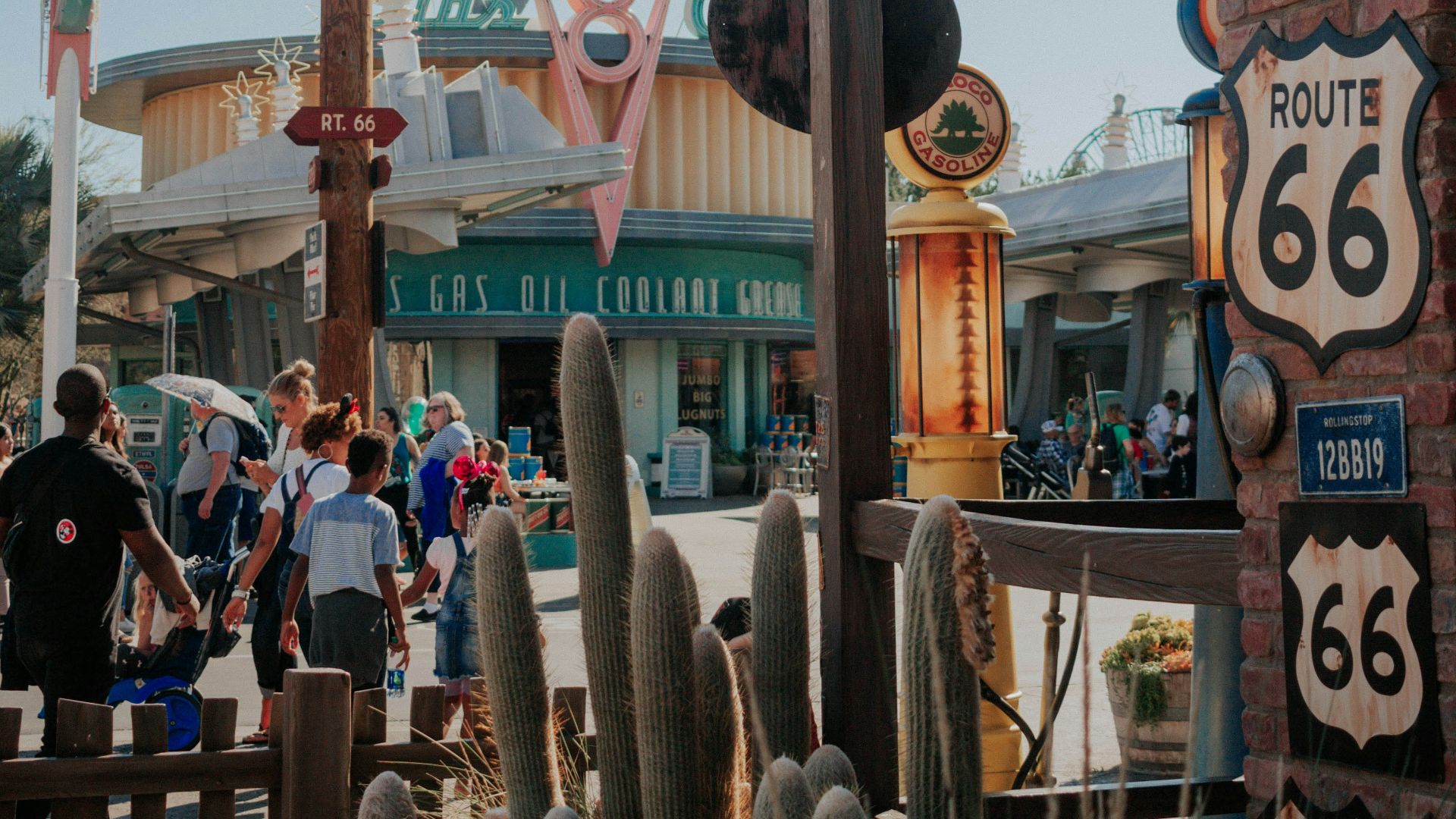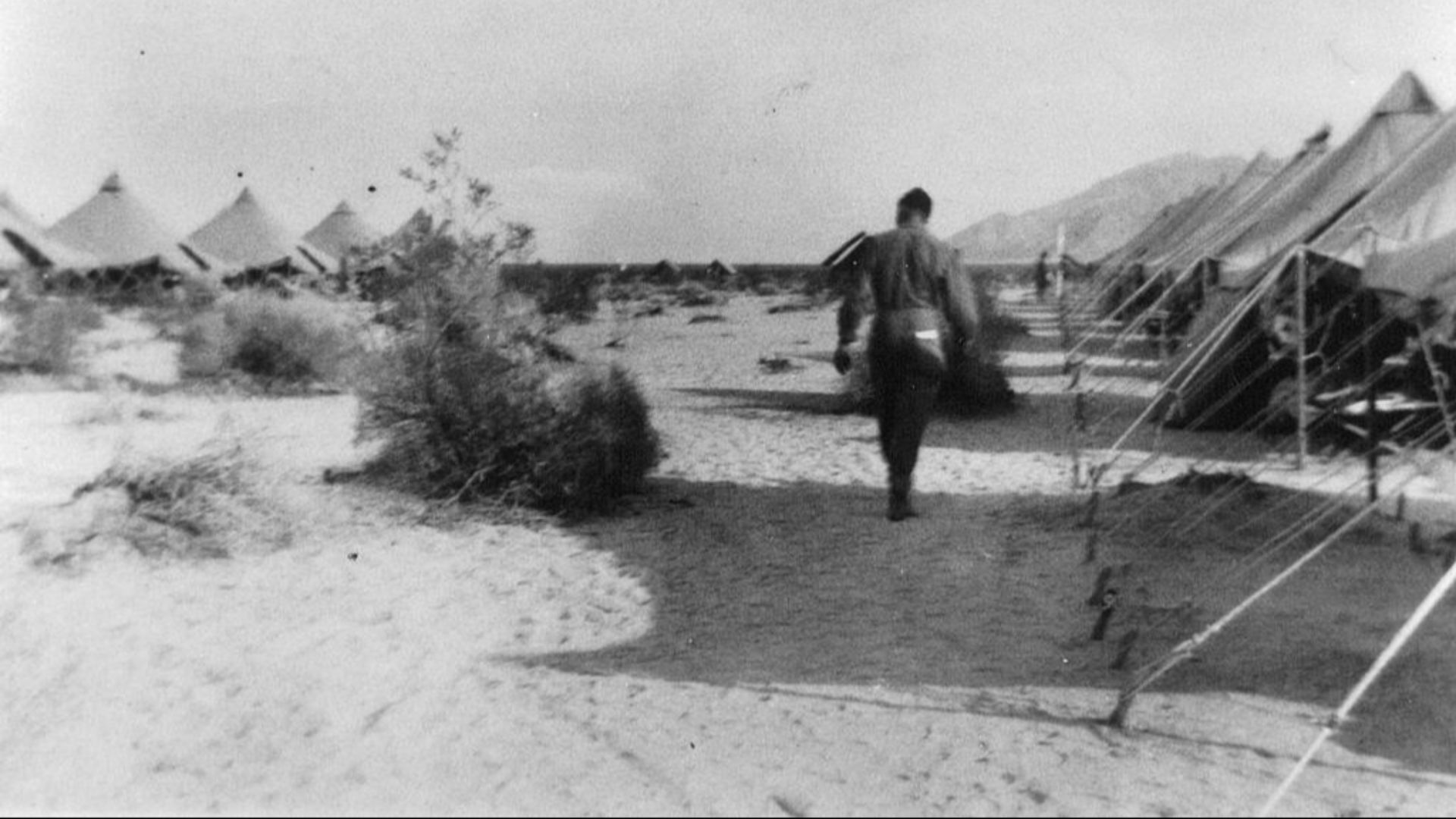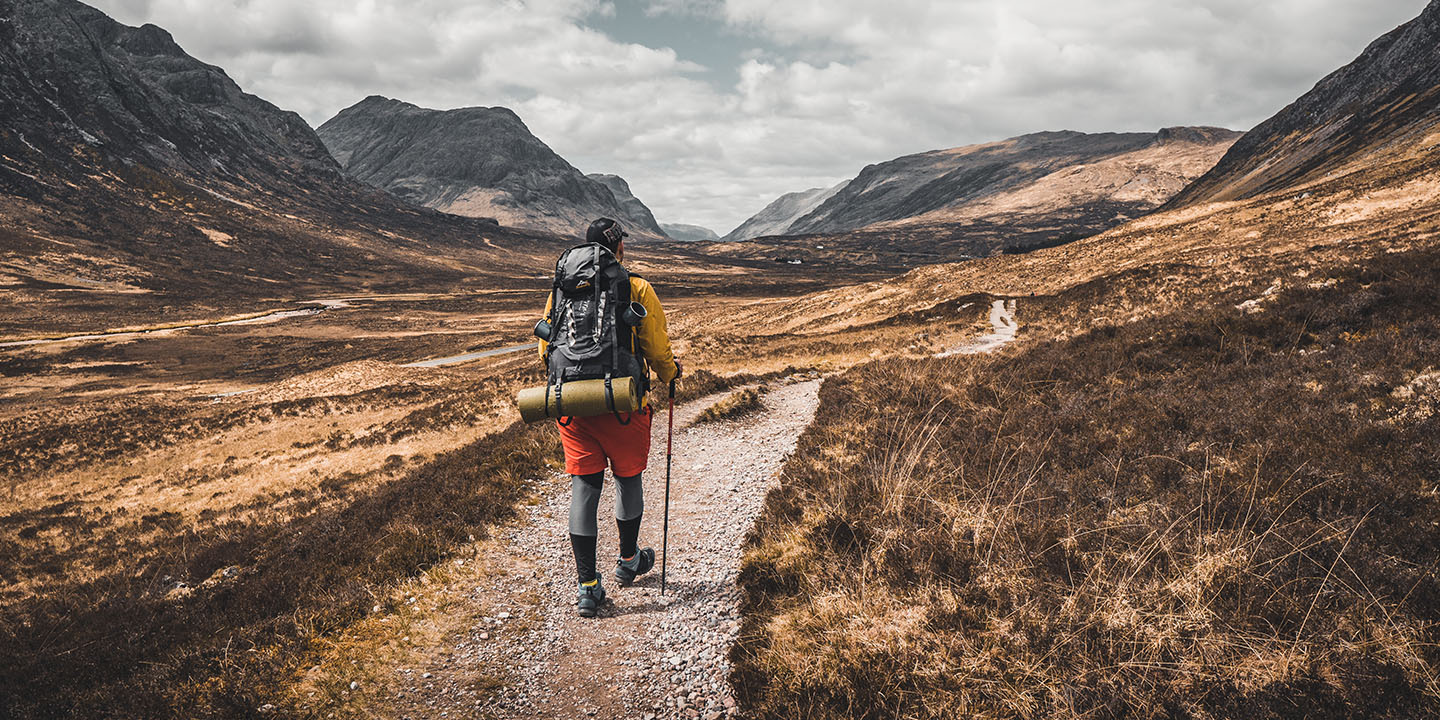Where Time Pulled Over and Never Left
There’s a stretch of the old Route 66 where the map looks almost empty but for a faded line bending through California’s Mojave Desert. Along this stretch, a single dot marks Goffs, a former rail stop for the Atchison, Topeka, and Santa Fe Railway. This ghost town once buzzed with life and the sound of steam engines and prospectors filing by in their search for dust the same hue their boots kicked up with every step. Nowadays, the streets are quiet apart from the sound of the wind whistling through. Blink as you’re driving past and you’ll miss it, unless the sun catches the rusted tin of an old sign or the bones of a gas station stubbornly refusing to fall.
A Railroad Town That Got Lucky
Goffs began in 1883, born from the rhythm of train wheels and the clang of iron. It was a stop on the Atlantic and Pacific Railway and served as a kind of pause between the nowhere before and the nowhere after. Then came the gold rush, and miners flooded into the nearby New York Mountains. For a time, there was enough life in Goffs to need a schoolhouse, which opened in 1914. When Route 66 was eventually redirected, the town rapidly declined into obscurity. The schoolhouse has since been restored with its Mission-style architecture, and you can still see the ghost town relic today.
The Road That Made It Famous
When U.S. Route 66 was created in 1926, it passed directly through Goffs, giving the town a second life as a pit stop for weary travelers. The road brought money and movement, with cars replacing trains, and tourists replacing miners. Goffs became a place to gas up, grab a Coke, and stretch your legs before the long journey through scrubland to Needles or Barstow. The fortunes of pit stop towns are fickle, and when travelers chose a different route after the highway was redirected, Goffs got left behind.
The War Years
During World War II, the desert was repurposed as a training ground. Thousands of soldiers passed through Goffs as part of General Patton’s massive Desert Training Center. The town experienced a final boom as the soldiers poured through, sending letters home scrawled on postcards that read, “Greetings from Route 66.” For a moment, the town mattered again. The trains ran full and the depot hummed—but wars don’t last forever.
The Highway That Killed It
When Interstate 40 arrived, it was faster and more efficient than its predecessor. It cut right past Goffs in the 1960s, and just like that, the lifeline was finally severed for good. Businesses shuttered, and as the people packed up and left for better prospects elsewhere, the desert crept in. There’s something eerie about a town that dies quietly of neglect, without fanfare or disaster. The day eventually arrives when the last remaining resident hops in their car and drives off with a final glance in the rearview mirror.
What’s Left Today
Today, Goffs calls itself the “Desert Tortoise Capital of the World,” which feels oddly fitting, as those slow, ambling creatures are the last remaining residents. Otherwise, this ghost town is preserved by the Mojave Desert Heritage and Cultural Association, which maintains the old schoolhouse and a few exhibits on what used to be. The few humans who visit tend to be history buffs chasing nostalgia on what was once affectionally called, "The Mother Road."









